Porterdale not long ago appeared to be a community on the brink, but the tireless efforts of those who cherish the old mill town most have brought it back to life through decades of hands-on determination and innovative thinking.

It was not the town Kay Piper remembered. “The three mills were empty,” she said. “There was no business. Downtown Porterdale was completely boarded up.” Residential areas were even worse. “The condition of the rental properties was just deplorable,” she said, citing the unfortunate results created by negligent absentee landlords. “There was raw sewage coming out from underneath some of the houses.” Signs of a steady, decades-long urban decline were everywhere.
The town in which Piper grew up back in the 1960s had been the Bibb Manufacturing Company’s model textile village and was built around the Porterdale mills. The textile conglomerate provided rental houses for its employees, as well as other amenities, including a drugstore, grocery store, hospital, medical and dental facilities, hair salons, ball fields and parks, a gym and schools. It was a close-knit community where “everybody knew everybody else.” For Piper, it had been an idyllic place to spend a carefree childhood.
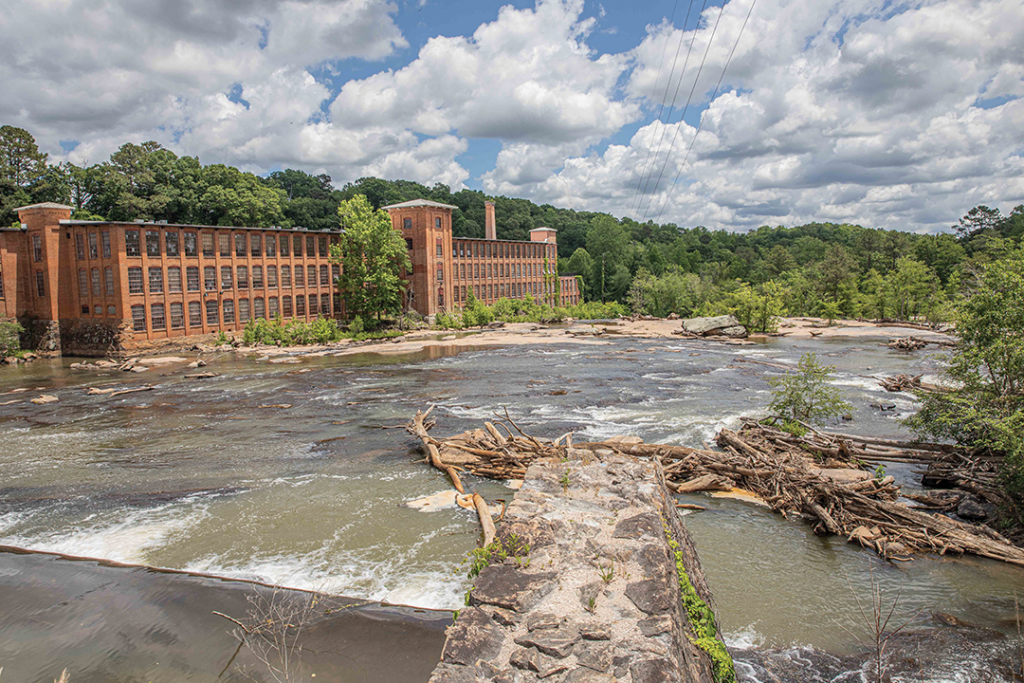
However, by the early 1960s, the United States textile industry was rapidly changing in a way that would soon leave Porterdale struggling to survive. With the advent of synthetics and an increasingly competitive international market, the Porterdale mills, once the county’s biggest employers and the world’s largest producers of twine, had shuttered their doors for the last time roughly a decade later.
Lofty Start
After spending over 30 years with various accounting firms in Atlanta, Piper returned to Porterdale with her husband, Tim, in 1989. Longtime residents shared her concern over the town’s depressed condition, Piper recalled: “They would see me out somewhere and say, ‘Isn’t there anything we can do to save Porterdale?’”
Piper began researching what other former textile mill villages had done in the wake of their own mill closings. “A lot of former mills had been redeveloped into residential lofts,” she said, “and I thought, ‘What a great idea for the Porterdale Mill there on the river.’” Piper set out to share the vision of a mill-to-loft apartments renovation with the community, utilizing what she called “Old-Fashioned Town Meetings.” The monthly gatherings were also a place to promote “Let’s Sweep It Clean!”—Piper’s ambitious plan to revitalize Porterdale.
“They would see me at the post office or out somewhere and say, ‘Isn’t there anything we can do to save Porterdale?’”
Kay Piper
When repeated efforts to obtain help from the city government to promote the idea proved fruitless, others answered the call. Porterdale Baptist Church opened its doors to make room for the first meeting and the unveiling of the “Let’s Sweep It Clean!” initiative. Various groups and individuals began to offer assistance as Piper’s plan gained traction through a focused “Clean It Up Saturday” program. The county also provided a large dumpster and made the landfill available free of charge so that people who might not have the means to remove bulk trash from their property could do so. Citizens with pickup trucks volunteered to transport the refuse, while church groups and members of the real estate community took paint donated by Keep Covington/Newton Beautiful and applied it to houses in need of a makeover.
“Things began to happen,” said Piper, who credited the Georgia Department of Community Affairs for helping the community organize brainstorming charrettes. “Things began to look better.”
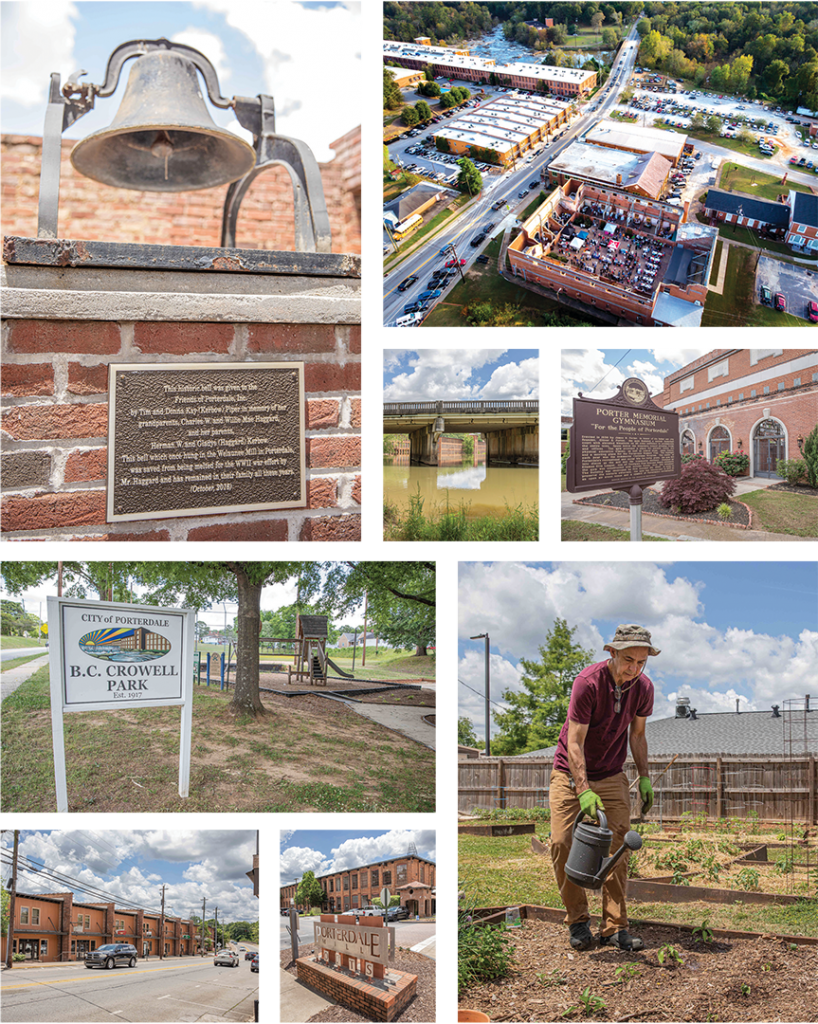
Winds of Change
Piper had taken early retirement from her accounting career to care for her ailing mother. After her mother’s death, she transitioned to a new vocation in real estate and, three years later, started her own company: The Magnolia Reality Group. Since then, Piper has leveraged her knack for selling houses into a boon for revitalization. “Eight years ago, I sold my first Porterdale house,” she said. “As of this moment, I have sold 55 of these historic homes that have been gutted to the bare studs and remodeled with all high-end finishes.” In 2003, Piper hosted Porterdale’s first reunion and spoke to the group about her revitalization plan and her ideas for redeveloping the Porterdale Mill. “Hundreds of people came that Saturday,” she said. “It was just the impetus that was needed.”
Atlanta developer Walter Davis ultimately purchased the mill, and after a multimillion-dollar renovation, the Porterdale Mill Lofts opened in 2006. Listed on the National Register of Historic Places, the repurposed mill offers residents a unique blend of old and new. If the closing of the mill years prior had signaled the end of Porterdale as it was, then its reopening was a sure sign of new life and a gigantic step toward revitalization, according to Mayor Arline Chapman. “Walter Davis taking the mill that was an absolute pile of bricks and turning it into the Porterdale Mill Lofts—that was the turning point,” she said.
Chapman, now in her third term as mayor, shares the same lofty goals for Porterdale as Piper. As a city councilperson and then as mayor, she has been instrumental in furthering the “renaissance” of Porterdale. “I’m just a woman that came here, fell in love with this city and has been dedicated to seeing the changes,” she said.
Early on, Chapman engaged the municipal court judge in an effort to strengthen city building codes, forcing slumlords to clean up their act or sell off their properties. Later, she worked with city council members, Piper chief among them, to save and repurpose the historic Porter Memorial Gymnasium after it was decimated by fire in 2005. Chapman also led the way in redesigning the Yellow River Park.
However, Chapman describes City Manager Frank Etheridge as “the person making Porterdale what it is today.” He celebrated the rejuvenation of homes in the city while acknowledging the need for more commerce. “The retail side has been a lot slower,” Etheridge said, referencing several unoccupied commercial buildings in the downtown historic district, as well as sparse retail establishments dotting the remainder of Porterdale. Even so, the lagging business sector should improve in the next two to three years as two ambitious commercial/residential development projects—one in Cedar Shoals, the other in the Oaks Golf community—reach completion. Chapman makes it a point to credit those who have strived to revitalize the city. No one has worked harder than Piper.
“She has been dedicated through thick and thin and always had hope that Porterdale would pull itself up again,” Chapman said, “and she was right. It did.”
Click here to read more stories by David Roten.

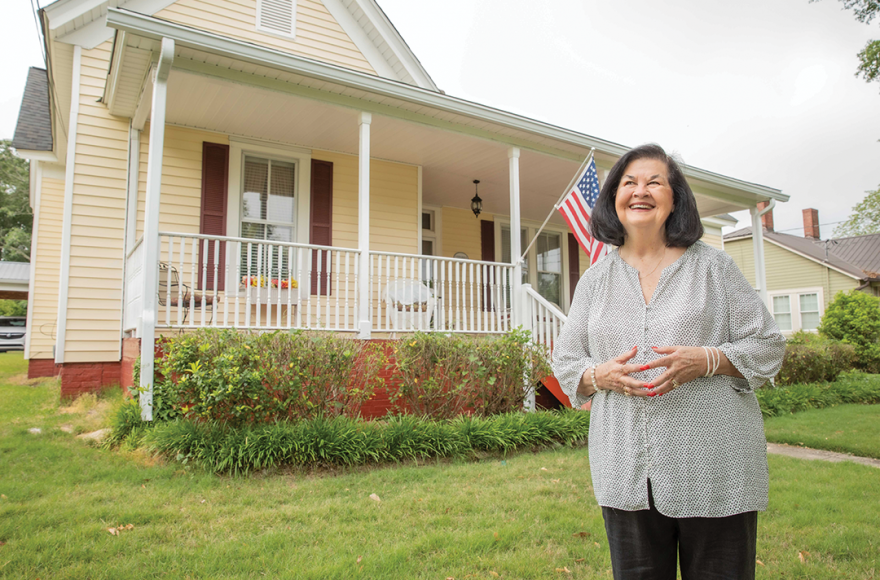
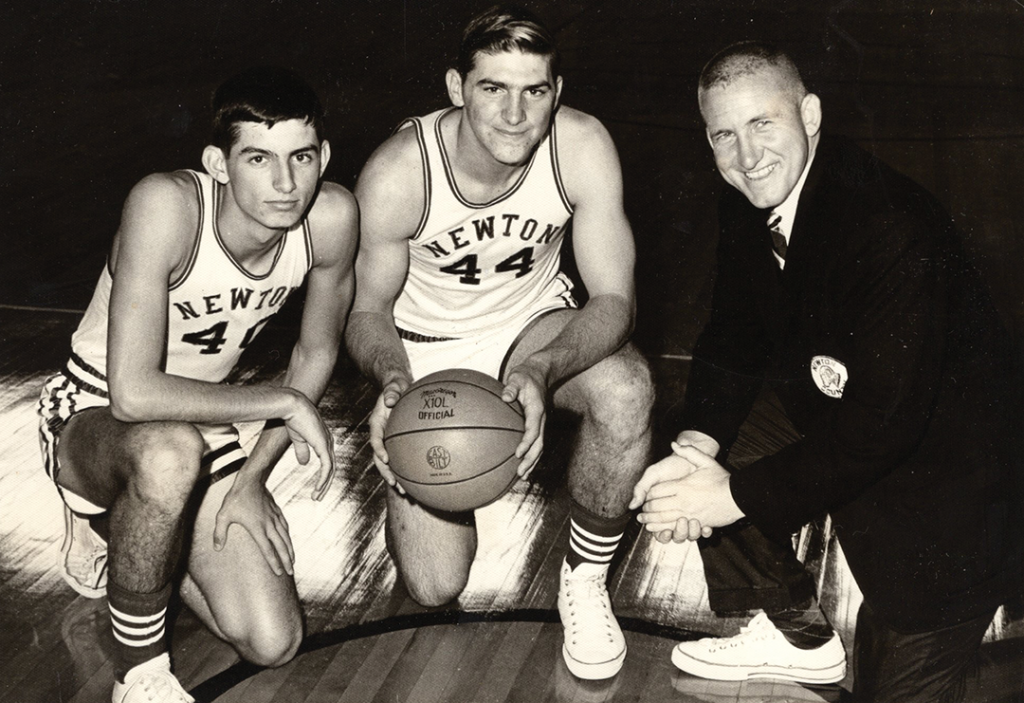
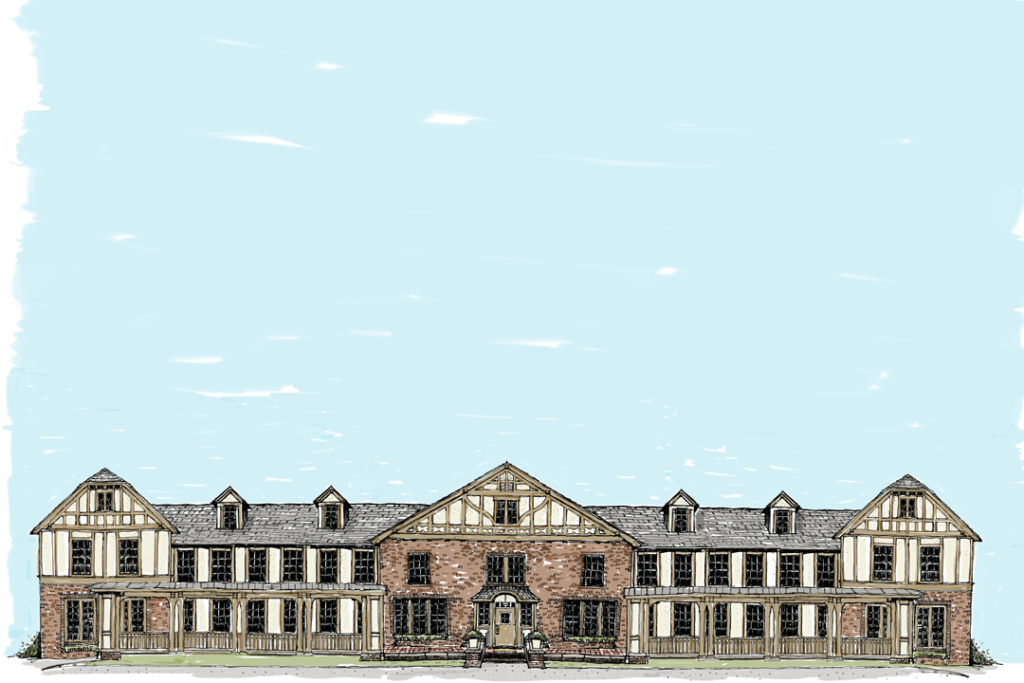

2 comments
Thank you, Kay and all those who have worked to save Porterdale. It will always be home to me and others who fondly remember our carefree days of growing up there.
Kay and Tim Piper are our friends and I know that she is a professional in any matter that she puts her mind and hand to. She is very thorough and knowledgable about commerce matters and the real estate market. See he and her team at Magnolia Realty when your needs are real estate. Don and Jackie Cheshire.